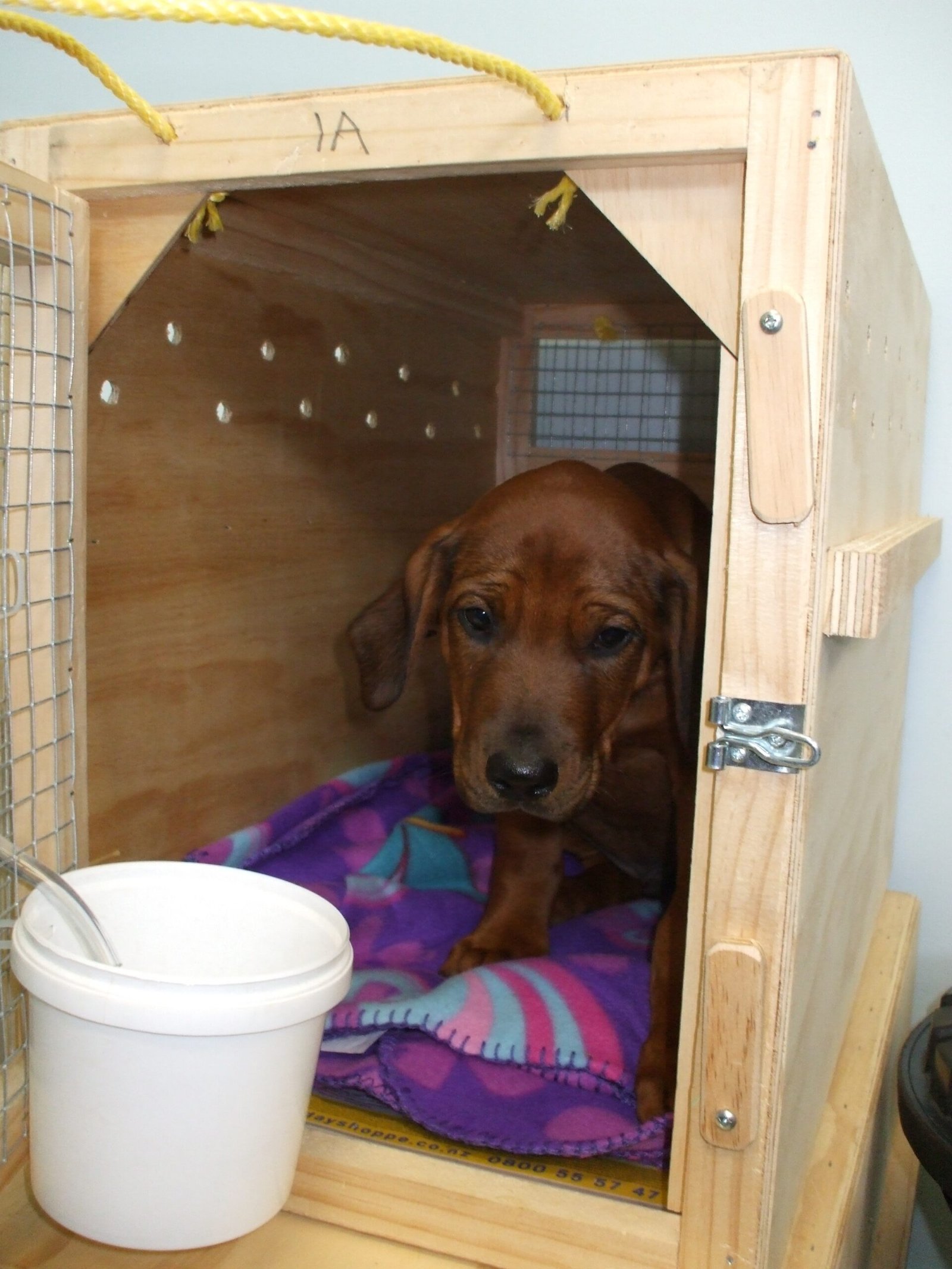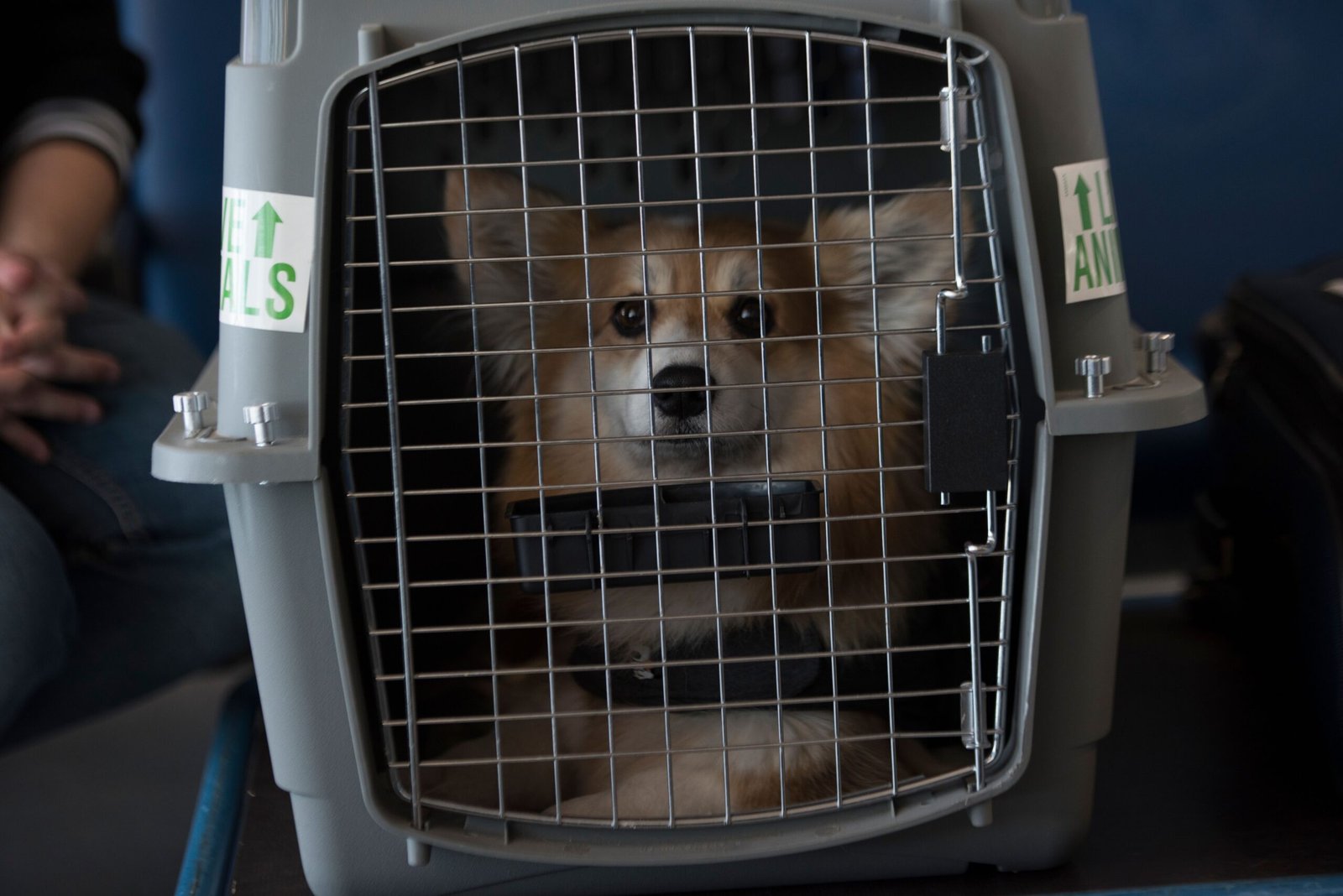Have you ever wondered whether crating your dog is a loving gesture or an unnecessary confinement? For many dog owners, the crate represents a puzzle with two equally compelling sides. This debate has sparked passionate opinions among pet lovers worldwide. Some see it as a comforting den, while others view it as a cage-like prison. So, what’s the real story behind crating dogs? Let’s delve into this intriguing topic and uncover the truth behind the great crate debate.
Understanding Crate Training: A Historical Perspective
Crate training has long been a hot topic among dog owners, trainers, and animal advocates alike. To some, the crate is a safe, cozy retreat—a place where dogs can relax, feel secure, and have their own personal space. To others, it may seem like unnecessary confinement, raising concerns about restriction and emotional stress. So, what’s the truth? Is crating a helpful training tool or a practice that borders on cruelty?
Crate training is not a modern invention; it has roots that go back centuries. Historically, humans have sought ways to contain animals for safety and efficiency. In the case of dogs, the crate mimics a den-like environment, drawing from their wild ancestors’ natural instincts. Wolves, for instance, seek den-like spaces for protection and rest. The idea behind crate training is to provide a similar safe haven for domesticated dogs. But is this practice genuinely beneficial, or has it been misunderstood over time? Understanding its history helps us appreciate its purpose and potential benefits.
The Benefits of Crate Training: More Than Meets the Eye
Crate training offers numerous advantages that extend beyond mere containment. For puppies, it aids in housebreaking by teaching them bladder control. Dogs are naturally clean animals and tend to avoid soiling their sleeping areas. Additionally, crates offer a secure space during travel, minimizing stress and potential accidents. For anxious dogs, crates become a refuge from overwhelming environments, offering solace and comfort. When introduced correctly, a crate can transform into a personal sanctuary, not a prison. This perspective challenges the notion that crates are inherently cruel.
When Crates Become Cruel: Misuse and Mistreatment

However, the line between a safe haven and cruel containment is thin and often crossed. Some dog owners misuse crates, using them as long-term confinement tools rather than temporary shelters. Dogs left in crates for extended periods may develop anxiety, depression, or behavioral issues. Imagine being locked in a small room for hours on end—it’s not a pleasant thought, right? Such misuse transforms the crate from a comforting den into a source of distress and discomfort. Understanding and avoiding these pitfalls is crucial for responsible crate training.
Choosing the Right Crate: Size and Style Matter

The type of crate chosen can significantly impact a dog’s experience. Size is a critical factor; a crate should be large enough for the dog to stand, turn around, and lie down comfortably. Too small, and it becomes restrictive; too large, and it loses its den-like quality. Material and design also play a role. Wire crates offer ventilation, while plastic crates provide more privacy. Selecting the right crate involves understanding your dog’s needs and preferences, ensuring it becomes a place of comfort rather than confinement.
Introducing Your Dog to the Crate: A Gentle Approach
Introducing a dog to a crate requires patience and positivity. Start by placing the crate in a familiar area and allowing the dog to explore it freely. Encourage them with treats, toys, and praise, creating positive associations. Gradually increase the time spent in the crate, always ensuring it remains a pleasant experience. Rushing this process can lead to fear and resistance, turning the crate into a source of anxiety. With the right approach, a dog will willingly enter their crate, viewing it as a cozy retreat.
Crates as Training Tools: Beyond Housebreaking

Crates are not just for housebreaking; they serve as versatile training tools. They can help manage destructive behavior by providing a safe space when the owner is not present. During mealtime, feeding a dog in their crate can reinforce its positive associations. Training sessions can also incorporate crate time, teaching commands like “crate” or “bed.” By integrating the crate into various aspects of training, it becomes a valuable asset rather than a mere containment device. This multifaceted approach enhances the dog’s overall experience.
Traveling with a Crate: Safety and Comfort on the Go

Traveling with a dog can be a joyful experience, but it requires careful planning. Crates offer a safe and familiar environment during car rides or flights, reducing stress and ensuring safety. They prevent distractions for the driver and protect the dog from sudden movements or accidents. When traveling, it’s vital to choose a crate that meets airline or vehicle safety standards. Ensuring the dog is comfortable and accustomed to the crate before travel can make the journey smoother and more enjoyable for both the pet and the owner.
Alternatives to Crating: Exploring Other Options
Crating is not the only option for dog containment and training. Alternatives like baby gates, playpens, or designated dog-proof rooms can provide similar benefits without the confinement of a crate. These options offer more freedom while still maintaining safety and boundaries. However, they may not provide the same level of security during travel. Exploring alternative methods allows dog owners to find the best fit for their pet’s needs and lifestyle, ensuring the dog’s well-being and happiness.
The great crate debate is not about choosing sides but finding balance. Crates can be both a safe haven and a tool for cruelty, depending on how they are used. Understanding the needs of each dog, choosing the right crate, and introducing it with care can transform it into a beloved den. By recognizing the potential pitfalls and exploring alternatives, dog owners can make informed decisions that prioritize their pet’s well-being.

Alex is a born and raised Capetonian with a strong love for animals and the outdoors. She is a Third-year veterinary student at the University of Pretoria in South Africa. She also completed a BSc in Animal Science at Stellenbosch University, where her passion for working with animals only strengthened. She has always surrounded herself with animals and has been fortunate enough to work closely with them.





